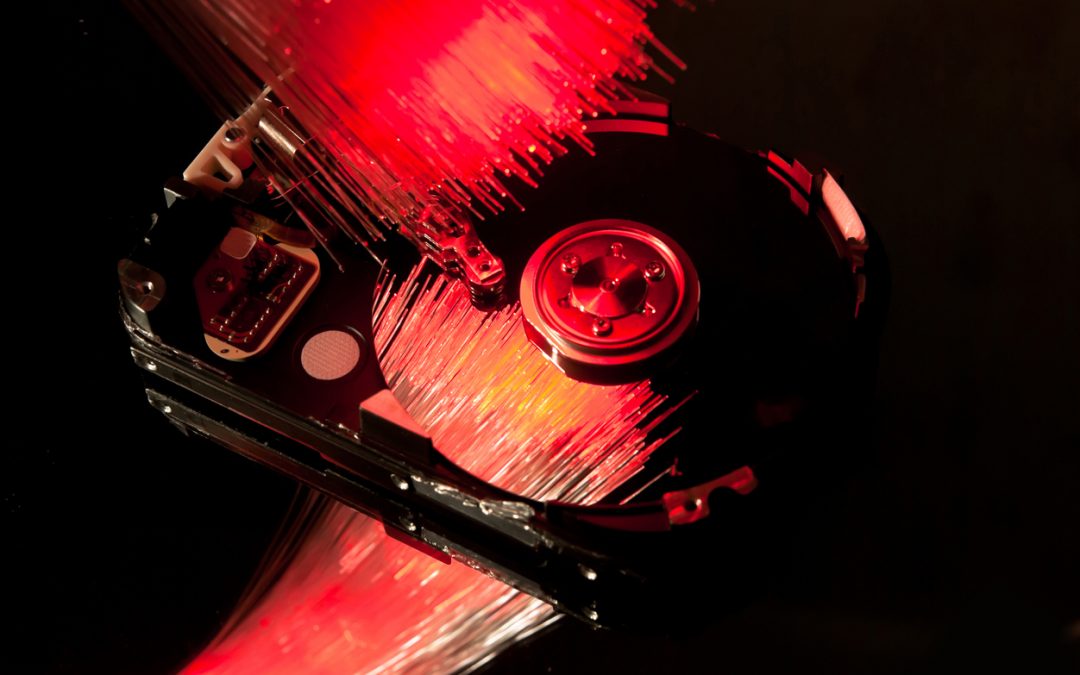Spare sectors are extra sectors that are not part of the drive’s advertised capacity. They are reserved for use when a sector becomes unreadable or unwritable due to manufacturing defects or wear and tear. The drive has a mechanism to automatically detect such defective sectors, marking them as “pending” reallocation in the process. The drive subsequently reallocates these pending sectors to spare sectors later if their condition is not shown to improve.
What does the effective number of spare sectors depend on?
The number of spare sectors available on a drive is limited by one of two potential factors: the amount of free space available in the Reallocated Sector Table or the number of available spare sectors that the drive has at any given moment. The drive’s manufacturing process determines this number, which goes down as the drive ages and uses spare sectors to mitigate the effects of drive damage due to wear and tear.
How can spare and pending sectors warn users as their drive deteriorates?
Whenever the host issues a read or write command to the drive, the drive must first determine whether the target sector has been reallocated and whether the target sector is pending reallocation. This information is stored in two tables that the drive must search before every read and write. Because larger such tables result in longer search times per command, the size of these two tables are typically limited by design for performance reasons.
As these tables are filled, certain S.M.A.R.T. attributes will reflect this, particularly S.M.A.R.T. Attributes 5 (aka Reallocated Sector Count) and 197 (aka Current Pending Sector Count).
When a drive has all of its spare sectors available, the normalized value of SMART Attribute 5 will be 100. When a drive has 10% of its spare sectors available, the normalized value of SMART Attribute 5 will be 10. In the latter case, if the drive’s SMART 5 threshold is also 10, then a SMART 5 trip (i.e., alarm) will be raised. When a drive has no spare sectors available, the normalized value of SMART 5 will be 1 and the drive will cease its normal function and enter a read-only mode. A drive that enters a read-only mode can accept read commands but cannot accept write commands, in order to prevent data loss. If your drive enters a read-only mode you should transfer its data to another drive for data recovery.
Likewise, the normalized value of SMART Attribute 197 decreases from an optimal value of 100 as the number of pending sectors increases and the pending sector table is filled up. If this normalized value hits the attribute’s threshold value, a trip will likewise be raised. And when the pending sector table is filled to capacity, the normalized value of SMART 197 drops down to 1, where the drive will likewise go into a read-only mode.
Thus, spare and pending sectors can warn users about certain kinds of drive deterioration due to defective sectors, by affecting changes in SMART values, SMART trips, and drive operating mode.
In a data dependent world, the ULINK DA Drive Analyzer AI algorithms disrupt drive failure prediction with 7-8 times more effectiveness than traditional systems.
QNAP and ULINK Release DA Drive Analyzer, AI-powered Drive Failure Prediction Tool for NAS
Photo Credit: SunforRise


Recent Comments